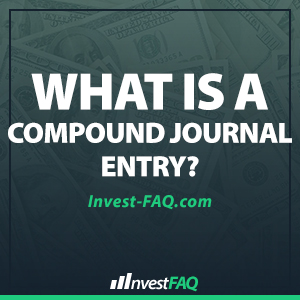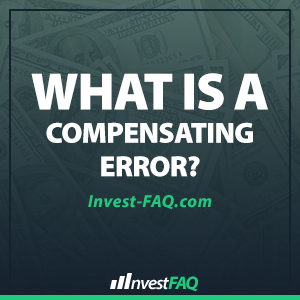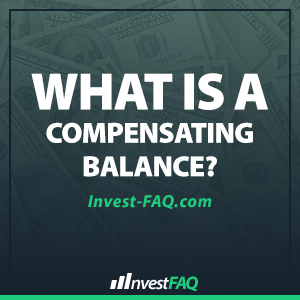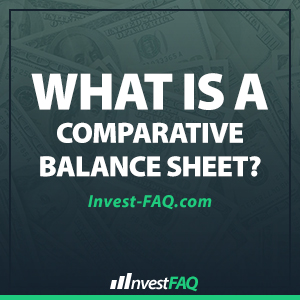Compound Journal EntryContents A compound journal entry is an accounting entry that involves more than two accounts, including multiple debits, credits, or both, to record a single business transaction. This method is utilized when a transaction affects several accounts and simplifies the recording process by consolidating related entries into one. Businesses use compound journal entries
What Is a Compliance Test?
Compliance TestContents A compliance test is an evaluation process designed to determine whether a business’s financial transactions, operations, and control systems adhere to relevant laws, regulations, and internal policies. It assesses the effectiveness of a company’s internal controls in ensuring compliance and identifying areas of risk or non-compliance. Compliance tests are used by businesses to
What Is a Compliance Cost?
Compliance CostContents A compliance cost refers to the expenses that a business incurs to adhere to industry regulations, legal requirements, and standards. These costs include expenditures on administrative processes, reporting, system upgrades, employee training, and external audits to ensure regulatory compliance. Compliance costs are a significant consideration for businesses across sectors, impacting financial planning and
What Is a Compliance Audit?
Compliance AuditContents A compliance audit is a comprehensive review conducted to ensure that an organization is adhering to regulatory guidelines, industry standards, or internal policies. This type of audit evaluates the effectiveness of a company’s controls and processes in meeting required compliance obligations. Businesses undergo compliance audits to validate their adherence to laws, regulations, and
What Is a Complex Capital Structure?
Complex Capital StructureContents A complex capital structure refers to a company’s financial framework that includes a variety of equity and debt instruments, potentially with different rights, preferences, and features. This can include common and preferred stocks, convertible securities, warrants, and different classes of debt, creating a multi-layered financial architecture. Businesses adopt complex capital structures to
What Is a Compilation Engagement?
Compilation EngagementContents A compilation engagement is a type of accounting service where an accountant compiles the financial statements of a company without providing any assurance on their accuracy. It involves assembling data from the company’s accounting records and presenting it in a financial statement format. Businesses often use compilation engagements for internal purposes or when
What Is a Compensatory Stock Option?
Compensatory Stock OptionContents A compensatory stock option is a form of employee compensation that grants the right to purchase the employer’s stock at a predetermined price for a specified period. It is designed to align employees’ interests with those of the company’s shareholders by providing an incentive for performance that enhances the company’s value. Compensatory
What Is a Compensating Error?
Compensating ErrorContents A compensating error occurs when two or more accounting errors cancel each other out, resulting in no net effect on the financial statements’ overall accuracy. Despite their cancelling effect, these errors can still mask underlying issues in the accounting process. Compensating errors can be misleading in business accounting because they may give the
What Is a Compensating Balance?
Compensating BalanceContents A compensating balance is a minimum account balance that a borrower is required to maintain with a lender as a condition for obtaining a loan. This requirement is part of the loan agreement and acts as a form of security for the lender, ensuring some level of cash flow or liquidity is always
What Is a Comparative Balance Sheet?
Comparative Balance SheetContents A comparative balance sheet presents the financial position of a company at two or more different points in time side by side. This format allows for direct comparison of assets, liabilities, and equity between periods, facilitating trend analysis and financial performance assessment. Businesses use comparative balance sheets to analyze changes in their










